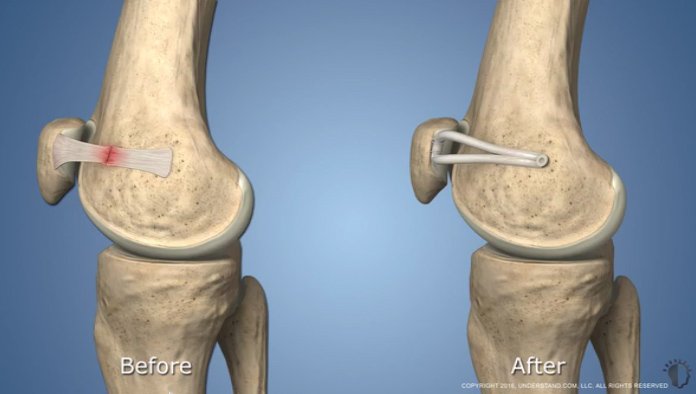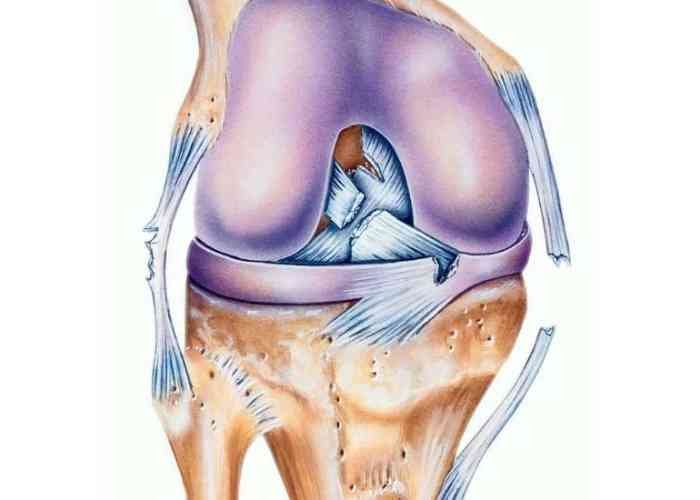Knee Surgeries
best joint replacement doctor near me
Arthroscopic Surgery
Arthroscopic Surgery, also known as Arthroscopy, is a minimally invasive procedure enabling surgeons to visualize, diagnose, and treat issues within a joint. Unlike traditional methods that necessitated large incisions, arthroscopy utilizes small incisions guided by a miniature viewing instrument or scope. In the past, surgeons had to open the joint entirely, leading to higher infection risks and extended recovery periods due to the impact on surrounding joint structures and tissues.
In contrast, arthroscopic surgery offers reduced invasiveness, lower infection risks, and quicker recovery times. As a result, it has become one of the most commonly performed orthopedic procedures today.

Knee Arthroscopy

ACL/PCL RECONSTRUCTION
The anterior cruciate ligament (ACL) is the main stabilizing ligament on the inside of the knee.

REVISION ACL RECONSTRUCTION
Revision of failed primary ACL reconstruction surgery.

MENISCUS REPAIR
The meniscus is cartilage that acts as a shock absorber between the femur (thigh bone) and tibia (shin bone).

MPFL RECONSTRUCTION
The medial patellofemoral ligament is a part of the complex network of soft tissues that stabilize the knee.

MCL/LCL/PLC/ALL RECONSTRUCTION
The medial collateral ligament (MCL) is the main stabilizing ligament on the inner aspect of the knee.

CARTILAGE PROCEDURES
Articular cartilage is a firm, rubbery material that covers the ends of bones in the knee joint.
Knee Replacement Surgery
Knee replacement surgery becomes necessary when knees suffer severe damage from arthritis or injuries. Prior to the procedure, patients receive anesthesia and a dose of antibiotics to mitigate infection risks. During the surgery, the surgeon replaces the damaged knee joint with a prosthetic implant.

Knee Replacement

PARTIAL KNEE REPLACEMENT
A partial knee replacement is an alternative to total knee replacement for some patients with osteoarthritis of the knee.

TOTAL KNEE REPLACEMENT
A knee replacement (also called knee arthroplasty) might be more accurately termed a knee "resurfacing" because only the bones' surface is replaced.

COMPLEX AND REVISION KNEE REPLACEMENT
Although most total knee replacements are very successful, over time problems such as implant wear and loosening may require a revision procedure to replace the original components.
